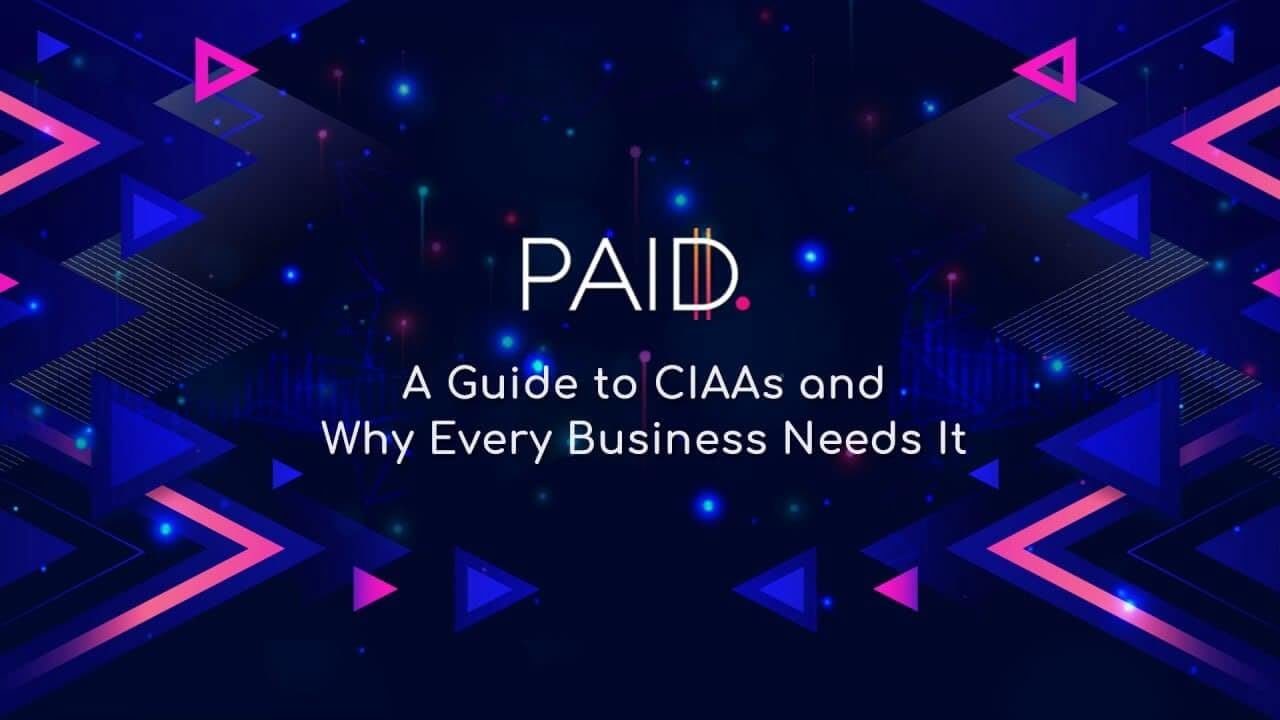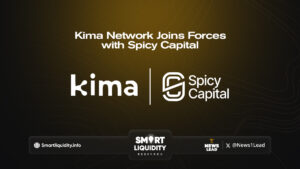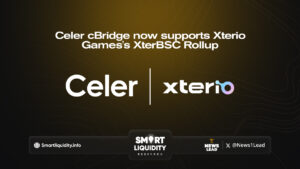CIAA Guide by Paid Network


Paid Network introduced article What is the CIAA? What Does It Include? And why every business needs it?
Running a business is a non-stop activity. From strategizing to operations to finance, every day brings about new, exciting challenges. But as any entrepreneur knows, some of the most significant business decisions revolve around the people you hire.
After all, it’s your team that will help you execute your vision so your business can succeed. In essence, the relationship between an employer and employee is a two-way street. Employees trust the company to compensate them fairly, and employers trust employees to do their job with integrity.
Part of an employee’s duty is handling sensitive business information with care. Though employment contracts cover this in passing, it’s easy enough for an employee to leak confidential information without being caught. Things get even more complicated when you add freelancers and contractors to the fray.
So what can you do to ensure that critical business information and intellectual property remains private? You can execute confidentiality and inventions agreements or CIAAs.
What is the CIAA? What Does It Include?
A Confidential Information and Invention Assignment Agreement or CIAA, is a document that protects confidential company information and ensures that the company owns all the work produced by the employee during their tenure. The CIAA is a more extensive version of the simple NDA because it consists of two parts:
1. Confidentiality Agreement
The confidential part of the CIAA does as stated: protect confidential information. But it’s not that simple, because even if confidentiality obligations are mentioned in company handbooks, offer letters, and contracts, you need a separate CIIA for three reasons:
- The CIAA protects trade secrets.
- The CIAA serves as a reminder to employees of their confidentiality obligations.
The CIAA acts as a standalone document you can provide to investors while keeping employment agreements confidential.
2. Inventions Assignment Agreement
The second part of the CIAA is the Inventions Assignment Agreement. An Inventions Assignment Agreement guarantees that your company owns the work created by the employee during their tenure.
An Inventions Assignment Agreement also gives investors confidence that all the intellectual property, databases, and trademarks are owned by the businesses — not the employees or the founders.
Moreover, the Inventions Assignment Agreement protects the business against terminated employees. The agreement disallows terminated employees from sharing business information for a particular time after they’ve left.
What About Cross-Border CIAAs?
Though the CIAA is already extensive, the agreement becomes more complex when employees are based abroad. For cross-border situations, CIAA’s may need the following additional provisions:
- Non-Disclosures:
A CIAA should explicitly mention non-disclosures that are valid in the employee’s jurisdiction.
- Defined IPs:
The document must define exactly what constitutes an IP of the business. According to law firm CooleyGO, “the key language — i.e., the “magic words” — that we want to see in every CIIAA is the actual assignment by the employee of his or her IP rights to the company, coupled with an agreement to assign in the future (when any such inventions are made, conceived or reduced to practice).”
- Non Solicitation clauses:
A strong CIAA includes a clause stating that the employee cannot leak information that puts the company at a disadvantage.
- Non-competition clauses:
A strong CIAA must prevent employees from working for competitors after they’ve left your firm.
- Tailored Agreements Depending on Hierarchies:
A CIAA also needs to change depending on the employee’s role in the company. For example, a non-compete is likely more important for a CTO than a new secretary.
How To Draft a CIAA?
Your best option is to hire a law firm to draft a CIAA agreement. However, there are several downsides to going the traditional route. First, law firms are notorious for their high fees, with the average cost of hiring one being $300/hour. Second, lawyers typically have full schedules because they only work with one or two clients at a time, which means you’re not guaranteed to get a lawyer when you need one.
The biggest drawback is the back and forth between your business and the law firm, especially since your CIAA must be valid in multiple countries and jurisdictions. This could also mean involving numerous law firms across different countries to check if the agreement is valid. Combined with the cost of transacting abroad, cross-border CIAA’s can severely dent your bottom line even before the employee comes aboard!
Additional Steps Before Executing a CIAA
Let’s take the Intellectual Property section as an example of how tedious executing cross-border CIAA’s can be.
- You purchase the patent.
- You check the assignment of the patent in multiple jurisdictions and countries through multiple law firms.
- Check the validity of the patent in multiple jurisdictions and countries through multiple law firms.
- You add the different variations of your IP agreement in your CIAA contract.
- Once your employee signs, you must ensure their signature is valid.
- You keep a hard and soft copy of the agreement in case the employee violates the CIAA.
CIAAs on the Blockchain?
Blockchain technology is touted as the biggest disrupter of industries since the internet. The legal industry is not exempt from the change, and business owners can use the blockchain to create and execute CIAAs faster and cheaper than you would traditionally.
Through Smart Contract technology; scripts that self-execute when predetermined conditions are met, blockchain can help ease the CIAA process as follows:
- Legal Right Enforcement: Because the blockchain is an immutable, inalterable database, Smart Contracts ensure that your IP and trademarks cannot be claimed by anyone else.
- Transactions: Smart Contracts can facilitate real-time transactions over the blockchain worldwide and for a low cost. Without transferring money via banks, you can avoid foreign exchange fees, settlement fees, and service charges.
- Proof of Evidence: No longer store hard/soft copies of contracts in your office. Instead, the immutable blockchain will store a permanent signature of your employee — making violations easy to track down and execute.
- Digital Transfers of IP: If your company gets bought by an investor, you no longer need to go through law firms to hand over the rights of your business to the new owners. The blockchain allows for digital transfers of IP quickly and at a low cost.
PAID DApp and the CIAA
The CIAA is just another type of NDA that can help new entrepreneurs and freelancers alike, protect themselves and navigate a highly globalized economy. It is going to be one of the many contract templates that PAID Network will be offering as part of the release of PAID DApp v2. These on-chain solutions will ensure our community is protected, allowing you to safely choose from a variety of templates to secure your business interests and #GETPAID.
The launch of PAID DApp v2 will be another step in the creation of the decentralized world. It leverages the power of the blockchain, demonstrating the disruptive impact of this new technology. With our NDAs and other templates, PAID is showing that on-chain solutions can play a major part in disrupting and enhancing legacy legal services.
Is a CIAA not the right type of document for your business? Check out guide on mutual NDAs.
What is PAID?
PAID Network seeks to redefine the current business contract, litigation, and settlement processes by providing a simple, attorney-free, and cost-friendly DApp for users and businesses to ensure they #GetPAID wherever they are in the world.
PAID technology leverages Astar to operate on both Ethereum and Polkadot ecosystems. PAID makes businesses exponentially more efficient by building SMART Agreements through smart contracts to execute DeFi transactions and business agreements seamlessly.
PAID streamlines backend legal operations with SMART Agreements, so that projects can focus on making their brand bigger and better.
📰 INFO:
https://paidnetwork.medium.com/what-is-the-ciaa-and-why-every-business-needs-it-37c8183e5c6c




